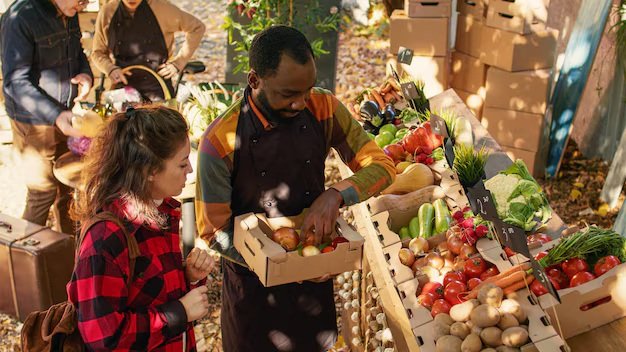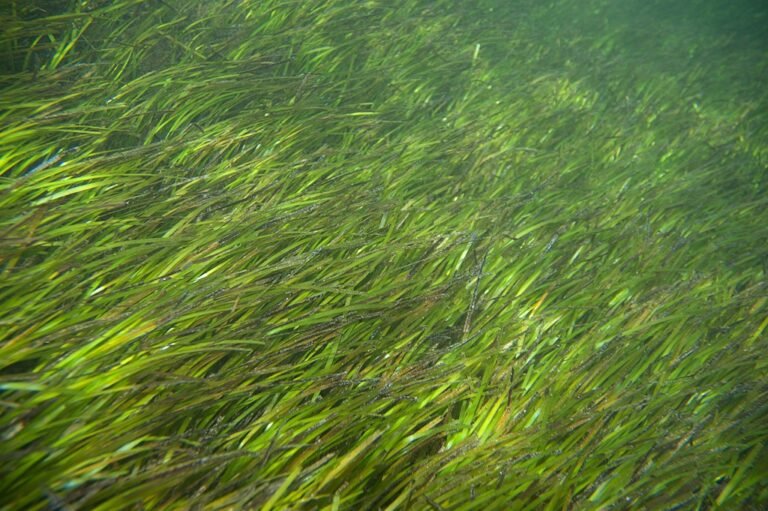What Is Food Sustainability — and Why It Matters Now
Food sustainability means producing, moving, selling and eating food in a way that meets today’s needs without making it harder for future generations to meet theirs. It covers three things at once: people should get enough healthy food (social), farming and fishing should not damage soil, water or forests (environmental), and food jobs must pay fairly so families and communities can thrive (economic). According to the Food and Agriculture Organisation (FAO), a sustainable food system “meets the needs of present and future generations” while protecting environmental, social and economic health.
Food systems are vast: they encompass fields, fishing boats, food processing, transportation, markets, kitchens, and even what we discard. When any part breaks — for example, when farmers lose harvests to drought, workers receive low pay, or large amounts of food are wasted — the whole system becomes less sustainable. This is why experts now speak of “food systems” rather than just farms: both the problem and the solution span the entire chain. A UN technical note similarly defines sustainability as delivering food security and nutrition while preserving the economic, social, and environmental foundations of food production.

Why It Matters Right Now
Our food choices and the way food is made shape climate change, health and who goes hungry. Food production, processing, transport and waste together account for a large share of global greenhouse gas emissions — analyses that look beyond just farming put the food system’s share at around one-quarter of global emissions. Those emissions come from growing food, clearing land, raising livestock (especially ruminants), producing fertiliser, and energy used in processing and cooling. According to Our World in Data, agriculture, forestry and land use account for a big portion of emissions, and when you add processing and transport, the food system’s footprint grows further.
At the same time, hunger and poor diets remain stubborn problems. A large number of people still lack reliable access to healthy food, while diets high in ultraprocessed foods drive rising rates of obesity and diabetes. The EAT-Lancet Commission argued that shifting diets toward more plants and fewer resource-heavy animal products would improve both human health and the environment — a change the Commission called urgent for planetary and public health. According to EAT-Lancet, these dietary shifts are a central part of keeping both people and the planet healthy.
Food loss and waste make the situation worse: roughly a third of all food produced for people is lost or wasted somewhere along the chain, removing resources from the food system while still causing emissions and water use. The FAO and other analyses estimate this loss at about 30% of production, a huge inefficiency we can and should tackle.
Real-World Solutions and People — What Works Now
Simple ideas can change lives. In Kericho, Kenya, small farmers started using low-cost digital agronomy tools and regenerative soil methods to reduce fertiliser use and protect yields. A Guardian profile showed one farmer who reduced his planned fertiliser purchase after receiving AI-based advice; he said the tool stopped him from wasting money and over-applying chemicals. That kind of change lowers on-farm emissions and helps family budgets. According to The Guardian, such locally adapted tech and soil-building practices are already helping farmers in parts of Kenya.
Regenerative and agroecological approaches — practices that rebuild soil, retain water, and increase plant and insect diversity — are showing measurable benefits in many places. Films and reports documenting farms in Kenya describe how cover crops, compost, and mixed cropping have restored soils and made small farms more resilient to droughts and pests, while also improving yields and food quality. Expert groups have highlighted these farmer-led successes as evidence that alternative farming methods can both support livelihoods and reduce environmental harm.
At the policy and systems level, researchers and modelling groups have produced roadmaps. The World Resources Institute’s “Creating a Sustainable Food Future” lays out a “menu” of technical and policy options — from better livestock management to reduced deforestation and cutbacks in food loss — that, combined, could allow the world to feed more people without increasing emissions or driving more land conversion. A report by WRI in 2019 found that a set of targeted actions could close the gap between food needs and environmental limits.
Case study (short table of key numbers)
| Measure | Typical headline figure |
|---|---|
| Share of global emissions linked to food systems (broad view) | about one-quarter of total emissions. According to Our World in Data and WRI analyses. |
| Share of food lost or wasted globally | roughly 30% of food produced. According to FAO analyses. |
| Large-scale solution potential | WRI’s menu identifies 22 measures across supply and demand to reduce emissions and deforestation while feeding more people. |
Experts stress that there is no single silver bullet. Richard Waite and colleagues at WRI emphasise balancing production-side changes (such as smarter fertiliser use and better animal management) with demand-side shifts (like eating fewer resource-intensive foods and wasting less). Combining these changes is essential; one without the other leaves gaps that make targets much harder to meet.
Personal stories bring the numbers to life. According to a video by the Ellen MacArthur Foundation, a smallholder in western Kenya described how adding compost and planting trees on his farm reduced the frequency of crop failures during dry months. His household now has more food throughout the year and earns a small extra income from surplus vegetables sold at the market. That farmer’s experience mirrors many documented cases where soil-building and better water management improved both resilience and nutrition for families. Media and project reports from Kenya and other countries describe similar, verifiable on-the-ground successes.

What Individuals, Communities, and Governments Can Do Next
Practical steps are available at every level — and they add up. Individuals can reduce food waste at home by planning meals, storing food better, and learning date-label meanings; eating more plant-based meals (not necessarily fully vegan) lowers the footprint of the average plate; and supporting local producers or farms using regenerative methods can reward sustainable practices. According to experts, even small, consistent shifts on the demand side can significantly reduce pressure on land and emissions.
Cities and businesses can change purchasing rules, shorten supply chains, and invest in cold-chain systems and storage to reduce losses between harvest and market. A focused effort to halve food loss and waste by 2030 is an international target (SDG 12.3), and many cities and companies are already making plans that combine measurement, targets, and concrete action. According to the FAO and allied initiatives, reducing loss and waste is a high-impact, cost-effective early win.
Governments must create rules and incentives that allow sustainable options to scale. This includes investing in rural extension services (so small farmers can access practical advice), reforming subsidies that currently favour high-input systems, protecting forests from agricultural expansion, and supporting markets for nutritious food. An IPCC report and other global bodies stress that adaptation and mitigation in food systems are urgent priorities: without them, climate risks will deepen food insecurity in many regions. Climate change already affects food systems and will increasingly do so, requiring both immediate and long-term policy responses.
Three clear, actionable priorities for policymakers and leaders are: invest in soil and water resilience, reduce food loss and waste across supply chains, and support fair market access for small producers so they earn enough to invest in sustainable methods. The WRI’s synthesis shows these actions, combined with dietary shifts and better livestock practices, form a realistic pathway to feed a growing population without blowing our climate targets.
Conclusion
Farmers and community leaders who switch to soil-building practices or smarter inputs rarely do so for climate headlines. They do it because these choices reduce risk, save money, increase yields in difficult years, and put more reliable food on the table for their children. Those practical, human benefits are the most persuasive argument for widespread change.







